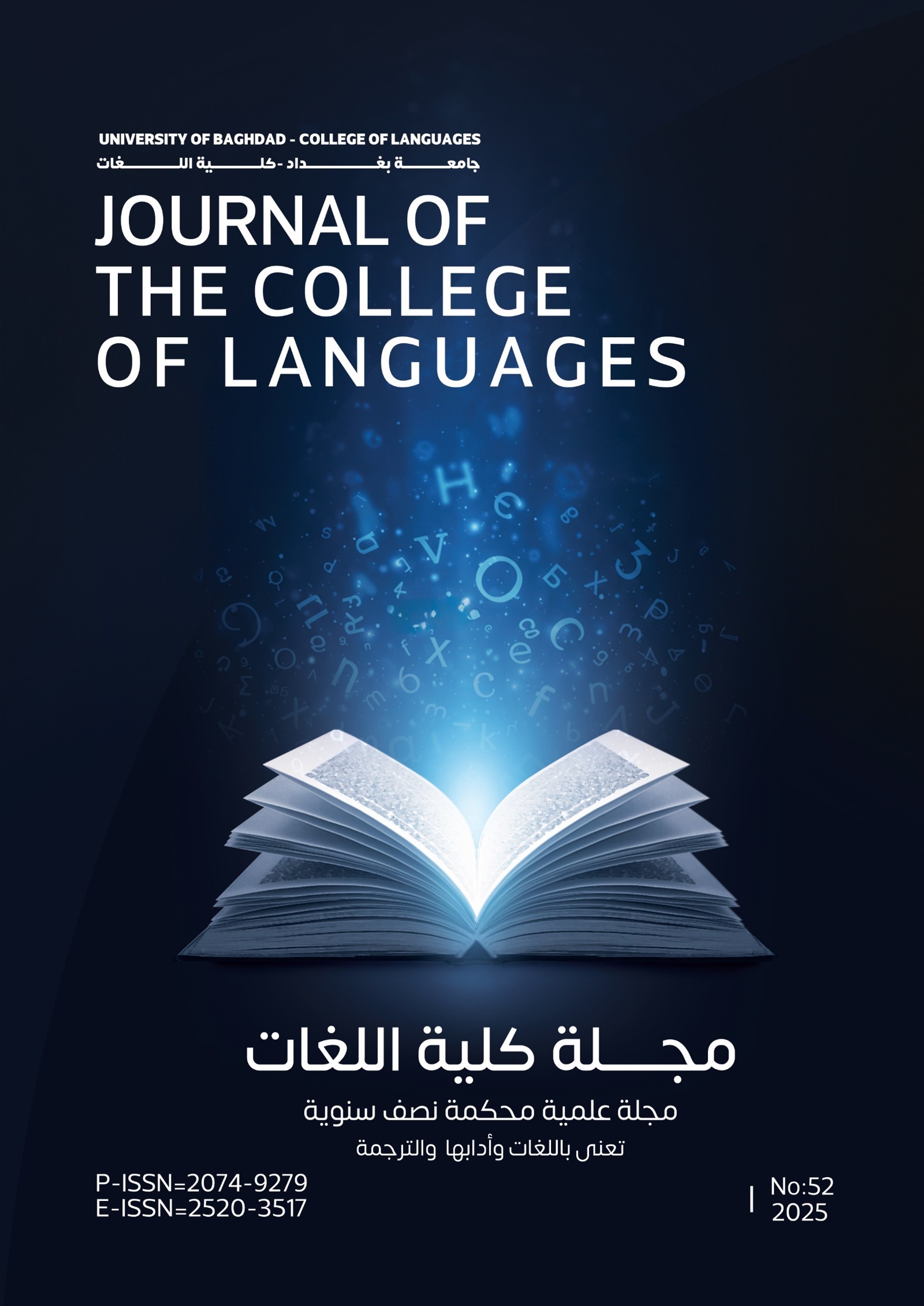Graphic Novels : A Privilege For Teachers and Students
Abstract
There are many ways to communicate a story, one can tell it, sing it, act it, write it, film it and can draw it. Each form of storytelling has its unique characteristics that separate it from the other forms. These distinguishing characteristics of each form does not indicate the superiority of one form over the other, on the contrary, it indicates the human ability to be creative on many levels. As students of literature, only the written form of a story is taken into account. One reason for the negligence of other forms of storytelling might be that singing and filming a story is not related to literature. But there has been a form of storytelling that uses words along with pictures which eventually became a genre of novels called graphic novel1. Graphic novels are "book – length, high quality comic books that introduce children's and adults to a wide range of literary fiction and nonfiction subjects."2 Comic books, on the other hand, are sequential narratives that are supported by graphics and images thus combining words with images to form a narrative.3 It has a distinctive form compared to other types of literature. Usually comic books tackle light, comic themes printed on glossy magazine – like paper, sold in bookstands and are relatively short.4 While graphic novels, on the other hand, tackle more mature and dark themes, are printed on book – like papers, are sold in bookstores and they are longer. Thus, the term graphic novel was used to distinguish it from comic books.5







